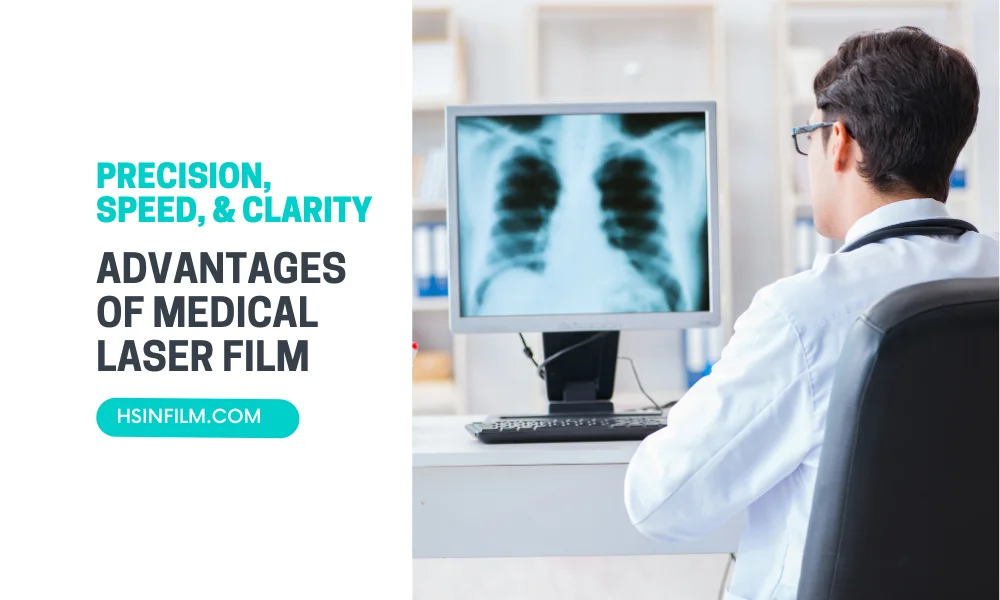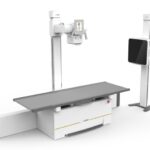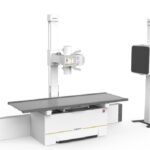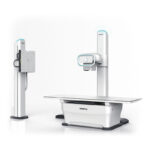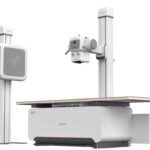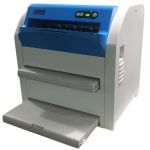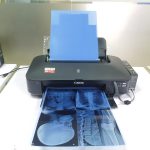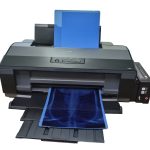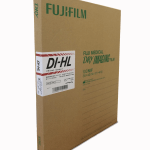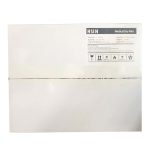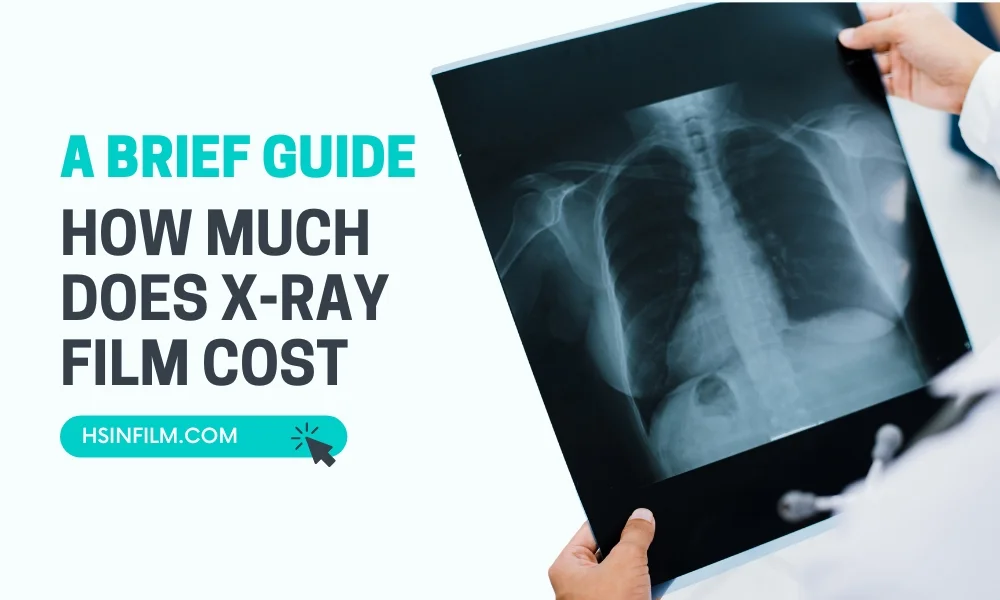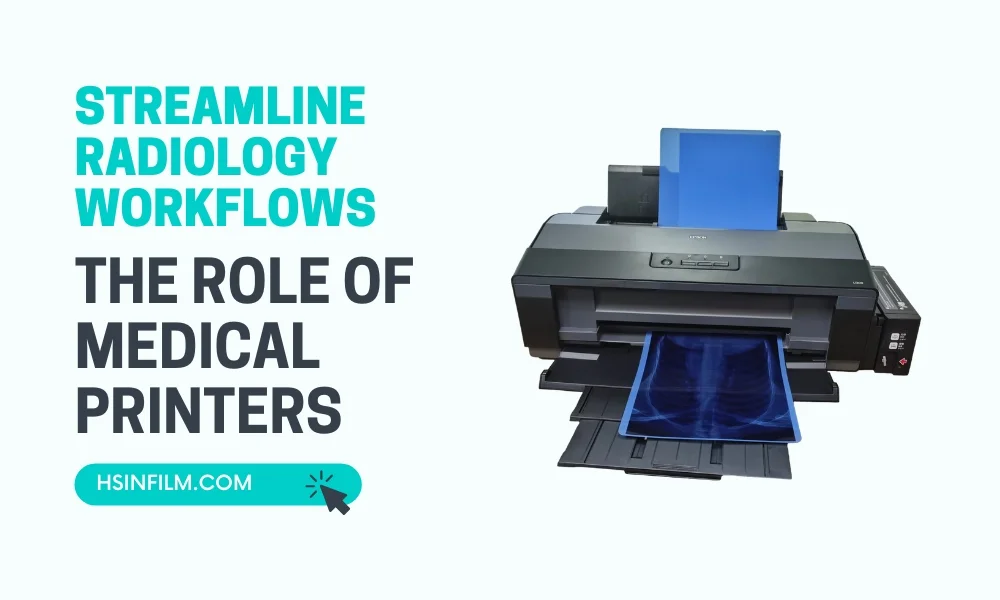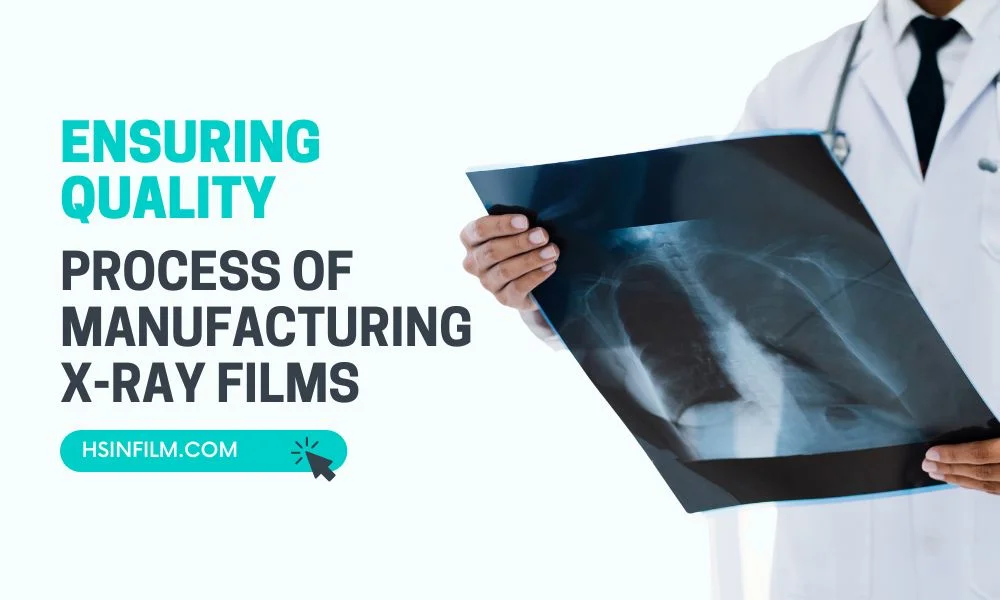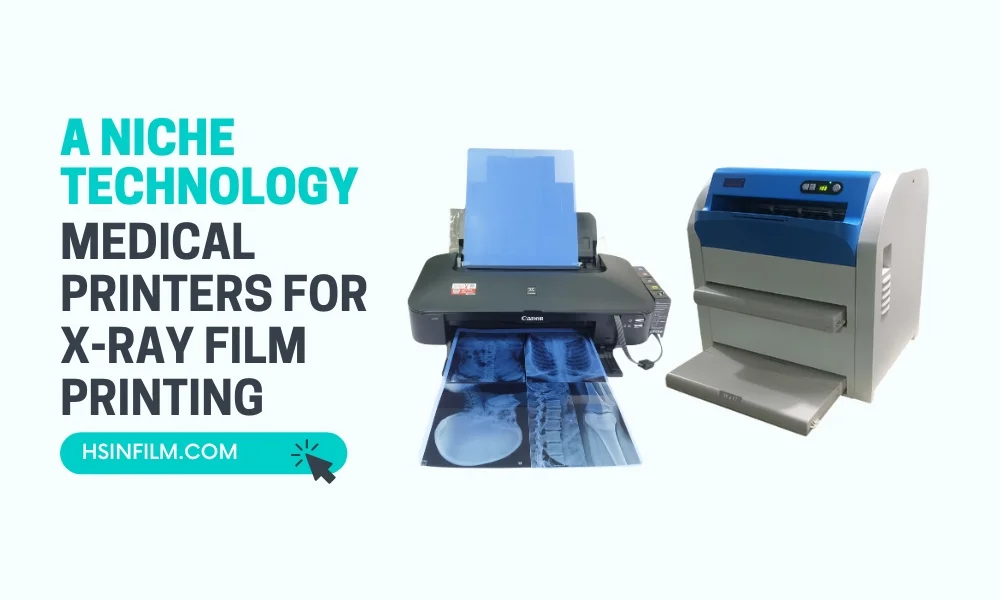Ever wondered how medical laser film helps healthcare professionals make precise diagnoses swiftly? In the fast-evolving field of medical diagnostics, accuracy and efficiency are important. Medical laser film has become an essential tool for healthcare professionals, offering unparalleled precision, speed, and clarity in diagnostic imaging. This blog post delves into the advantages of using medical laser film in diagnostics and how it enhances patient care.
Table of Contents: Advantages of Medical Laser Film
What is Medical Laser Film?
Understanding the Basics
Medical laser film is a type of imaging film that is developed using laser technology. Unlike traditional X-ray films that require chemical processing, laser film is exposed and processed through a laser printer. This technology ensures high-quality images that are critical for accurate diagnosis.
Key Features
- Laser Precision: Laser exposure ensures consistent and sharp images.
- High Resolution: Provides detailed and clear images, crucial for detecting abnormalities.
- Environmentally Friendly: Eliminates the need for chemical processing, reducing environmental impact.
- Quick Processing: Allows for faster image production, enhancing workflow efficiency.

The Science Behind Laser Imaging
Before we dive into the advantages, let’s explore the fundamental principles that underpin laser imaging. Understanding the science behind laser imaging is essential to appreciate its unique capabilities.
Unraveling the Science
Laser imaging is built on the principles of laser technology. This section will elucidate how lasers function and how they interact with biological tissues to produce diagnostic images. Think of it as the science that transforms laser beams into medical insights.
Precision in Diagnostic Imaging
Unmatched Image Clarity
One of the most significant advantages of medical laser film is its ability to produce exceptionally clear images. The laser technology used in developing these films ensures that even the smallest details are captured with precision. This clarity is vital in diagnostic imaging, where the ability to detect minute changes in tissues or organs can make a difference in patient outcomes.
Consistency Across Images
Laser film provides consistent image quality, reducing the chances of variability that can occur with traditional film. Consistency is crucial in diagnostics, as it ensures that images are reliable and repeatable, making it easier for healthcare professionals to track the progress of a condition or compare different scans.
Enhanced Diagnostic Accuracy
The precision and clarity offered by medical laser film directly contribute to improved diagnostic accuracy. Clearer images mean that radiologists and other medical professionals can detect and analyze abnormalities more effectively. This accuracy is particularly important in early detection, where catching a condition at its initial stages can lead to better treatment outcomes.
Speed in Diagnostic Processes
Faster Image Production
Medical laser film allows for quicker image production compared to traditional film processing methods. The laser printer technology develops images rapidly, which means that healthcare professionals can obtain diagnostic results faster. In emergency situations, this speed can be crucial, allowing for immediate diagnosis and intervention.
Streamlined Workflow
The quick processing times of medical laser film contribute to a more streamlined workflow in medical facilities. Faster image production means that radiologists and technicians can move through patient cases more efficiently, reducing wait times and improving overall patient care.
Immediate Availability for Review
Since medical laser film does not require chemical processing, images are immediately available for review once printed. This immediacy is particularly beneficial in fast-paced environments like emergency rooms or during surgical procedures, where time is of the essence.
Clarity in Communication
Better Visual Communication
The clarity of medical laser film images enhances communication between healthcare providers. When images are clear and detailed, it becomes easier for radiologists to convey findings to other medical professionals, such as surgeons or referring physicians. This clear communication ensures that everyone involved in a patient’s care has a precise understanding of the condition.
Patient Education
Medical laser film also plays a role in patient education. Clear images can be shown to patients to explain their condition and the necessary treatment. When patients can see high-quality images of their scans, it helps them understand their diagnosis better, leading to more informed decisions about their care.
Facilitating Second Opinions
In cases where a second opinion is necessary, medical laser film’s clarity and consistency make it easier to share and review images with other specialists. This ability to provide clear, detailed images ensures that second opinions are based on the best possible information, enhancing the overall diagnostic process.
Environmental and Cost Benefits
Reduced Environmental Impact
One of the lesser-known advantages of medical laser film is its reduced environmental impact. Traditional film processing involves the use of chemicals and water, which can contribute to environmental pollution. Medical laser film, on the other hand, does not require chemical processing, making it a more environmentally friendly option.
Cost Efficiency
While the initial investment in laser printers and film may be higher, the long-term cost savings are significant. Medical laser film eliminates the need for purchasing and disposing of chemicals, reducing both material costs and hazardous waste disposal fees. Additionally, the durability and long-term storage capability of laser film reduce the need for repeat imaging, further lowering costs.
Long-Term Storage and Durability
Medical laser film is designed to be durable and resistant to environmental factors such as light and humidity. This durability ensures that images can be stored long-term without degradation, making them accessible for future reference. Long-term storage is crucial for maintaining comprehensive patient records and ensuring that historical data is available when needed.
Applications of Medical Laser Film in Healthcare
Radiology
In radiology, the precision and clarity of medical laser film are invaluable. Whether it’s an X-ray, MRI, or CT scan, laser film provides detailed images that help radiologists accurately diagnose conditions such as fractures, tumors, or infections. The ability to produce consistent, high-quality images enhances the radiologist’s ability to detect subtle changes in patient conditions.
Mammography
Mammography is another area where medical laser film excels. The high resolution of laser film is critical for detecting early signs of breast cancer. The clarity and detail provided by laser film allow for the identification of small calcifications and other abnormalities that may indicate the presence of cancer. Early detection through clear imaging significantly improves the chances of successful treatment.
Dental Imaging
In dental imaging, medical laser film is used to capture detailed images of teeth, gums, and jaw structures. These images are essential for diagnosing conditions such as cavities, gum disease, and bone abnormalities. The precision of laser film ensures that even the smallest issues are visible, allowing for early intervention and effective treatment planning.
Orthopedic Imaging
Orthopedic specialists rely on medical laser film to assess bone and joint health. Whether diagnosing a fracture or evaluating the progression of a degenerative condition, the clarity of laser film images helps orthopedic doctors make accurate assessments. This accuracy is essential for planning surgeries, prescribing treatments, and monitoring recovery.
Comparison with Other Diagnostic Methods
To appreciate the advantages of medical laser film fully, it’s essential to compare it with other diagnostic methods commonly used in healthcare. We’ll highlight instances where laser imaging clearly outperforms traditional methods.
A Competitive Edge
Imagine a diagnostic showdown. We’ll elucidate how laser imaging holds a competitive edge, showcasing scenarios where it excels over traditional diagnostic tools.
Advances in Laser Imaging Technology
The world of medical laser film imaging is dynamic, with continuous technological advancements. This section will discuss the recent innovations that have elevated the capabilities of laser imaging.
Pioneering Progress
Technology, like a relentless explorer, continues to venture into uncharted territory. We’ll delve into recent innovations, demonstrating how they enhance precision, speed, and image quality in medical diagnostics.
Future Prospects
What does the future hold for medical laser film in diagnostics? Let’s cast our gaze into the crystal ball and predict the potential developments and applications in the ever-evolving world of healthcare diagnostics.
A Glimpse Ahead
The future, like a blank canvas, awaits the strokes of innovation. We’ll anticipate developments that could further refine the landscape of healthcare diagnostics, making it even more efficient and precise.
Conclusion
In the intricate world of healthcare diagnostics, medical laser film stands as a testament to human ingenuity. Its exceptional advantages in precision, speed, and image quality have earned it a prominent place in modern healthcare. As we conclude this journey, we appreciate how laser imaging transforms medical insights into tangible care, ensuring the best possible outcomes for patients.
Disclaimer: This article provides insights into the advantages of medical laser film in diagnostics. For personalized medical advice, consult with a healthcare professional.
